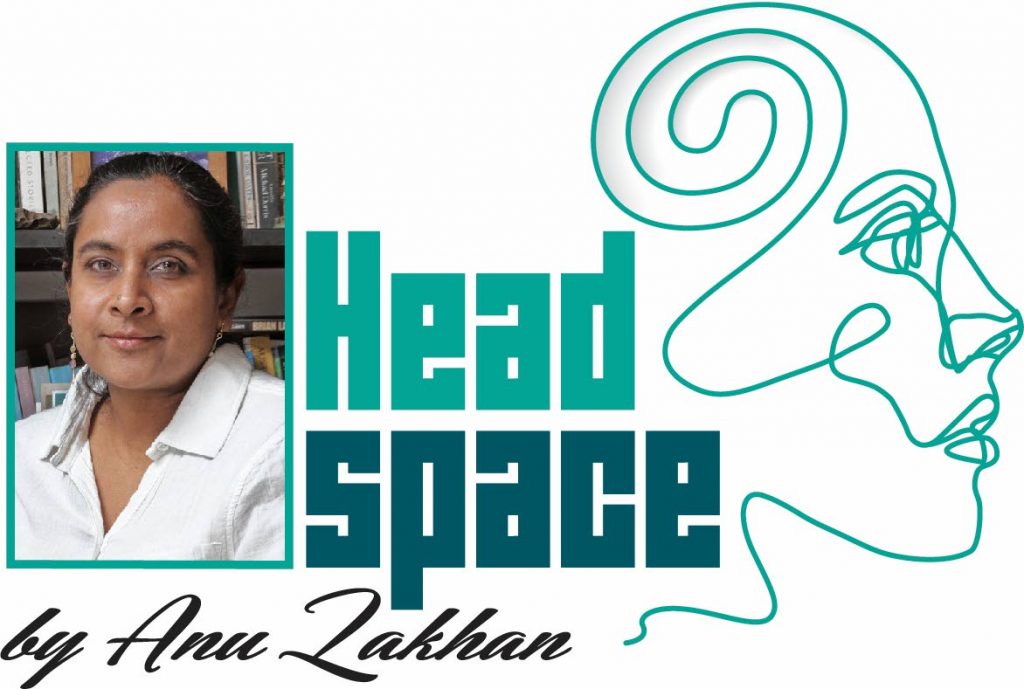Bipolar bares all

It’s not like we’ve never heard of bipolar disorder. We’ve known about it for ages.
Of all the mental disorders, it seems like the one most celebrities are keen on talking about.
Mariah Carey and Selena Gomez are bipolar. The incredible Francis Ford Coppola and the (arguably) even more amazing Stephen Fry, too. Mike Tyson was, then he wasn’t, then he was.
Other famous people who are dead and have been posthumously outed include Ernest Hemingway, Virginia Woolf, Isaac Newton and Samuel Taylor Coleridge.
I know what you’re thinking. I’m thinking it too: I’m not talented enough to be bipolar.
In the days of yore, we referred to it as manic depression. That’s not the worst name, considering that it consists of episodes of mania and depression, but the term started to carry a bit of a stigma, and it was also being misused for too broad a range of ills.
“Depression” was just another word for any period of sadness. “Manic” and “mania” got linked to maniacs of all sorts, like homicidal maniacs and Animal from the Muppet Show.
But all these famous people talking about their struggles – and all these struggles to find the right name – have not been hugely successful in helping us to understand better what it is.
I don’t like referring to the Diagnostic and Statistical Manual because of my undoctorliness, but I found this explanation for its classification useful and enlightening: “Bipolar and related disorders are separated from the depressive disorders in DSM-5 and placed between the chapters on schizophrenia spectrum and other psychotic disorders and depressive disorders in recognition of their place as a bridge between the two diagnostic classes in terms of symptomatology, family history, and genetics.”
In recognition of their place as a bridge between the schizo/psycho things and the depressive things. Always in between. Always that feeling of what-are-you-really?
Maybe a few truths about this disorder can help us to start looking at it as less of an unfathomable hybrid and more as its own independent creature.
Bipolar disorder is a brain disorder that causes mood alterations. This happens in more or less extreme ways depending on the kind you have.
Yes, there is more than one kind of bipolar disorder. We can start with three: bipolar I, bipolar II and cyclothymia. If you’re looking for a more comprehensive list, start adding the way each kind pairs with other disorders or substance abuse.
Bipolar I is probably the one you already think you know. The highs are super-high. Sex, drugs, rock-and-roll kind of high. Talking fast and thinking faster. Little sleep and lots of moving. A zeal for risky activities.
There are lots of references to gambling, strong sexual urges and increased energy. That doesn’t sound too bad, does it?
Except the satisfaction is limited or in some cases there is no satisfaction. One patient described her sexual appetite as well-nigh insatiable, but said it brought no pleasure but rather shame.
The lows are low. Despair, loss of interest in life and the world, lack of energy, suicidal thoughts. Like depression.
But that never seems to be the part people talk about, probably because depression can look similar however you come by it. It’s the manic episodes that are intriguing and terrifying.
Bipolar II can be especially tricky to diagnose. A hypomanic state, the “up” for bipolar II patients, may not look as dramatic as a full-blown manic presentation. Their troughs of depression are longer and more frequent.
They’ll probably go to the doctor in a depressive state, when it’s easy for the clinician to simply read what they see as, well, depression.
Bipolar II is not a smaller or less significant bipolar diagnosis. In some ways it’s slightly scarier. For starters, no one wants to be more depressed. But also because of the extent of depressive patches, these patients are more likely to be suicide risks.
Cyclothymic disorder is much like bipolar I and II but less severe, so much so that the ups and downs can be referred to as mood swings (and who doesn’t have those). But it still needs to be treated. Like the other two, medication and talk therapy may be necessary.
Whatever kind of bipolar disorder you’re looking at, remember one thing: the person does not control it. They’re not looking forward to the mental and emotional rollercoaster and the lack of control.
Think of when you’re a bit moody and the way those around you just want you to balance yourself out.
Now think of those who can’t.
Remember to talk to your doctor or therapist if you want to know more about what you read here. In many cases, there’s no single solution or diagnosis to a mental health concern. Many people suffer from more than one condition.


Comments
"Bipolar bares all"